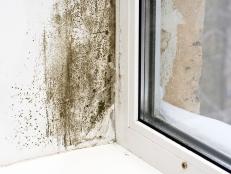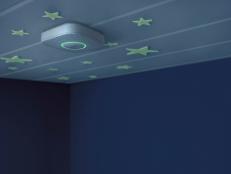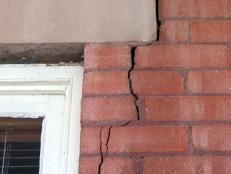An Rx for VOC Problems

In recent years, the media has helped the public become aware of "sick buildings" — usually office buildings that seem to cause illness in an unusually high number of the people who work in them. Among the substances that can cause the "sickness" are volatile organic compounds, usually called VOCs.
Found in pressed wood products, adhesives, carpeting and certain finishes, VOCs also can cause serious health problems for homeowners who are particularly sensitive to such substances. Even if you've never had a client low-VOC products, you should be aware of how using them can help your customers and the environment.
Indoor air quality has become more of a concern as more houses become almost airtight to conserve energy. In fact, Total Exposure Assessment Methodology (TEAM) studies by the Environmental Protection Agency have found levels for some dozen common organic pollutants to be two to five times higher inside homes than outside, regardless of whether the homes were located in rural or highly industrial areas.
These pollutants come from both building materials and household products in the home: paints, varnishes, sealants and adhesives all contain organic solvents. So do many cleaning, disinfecting, cosmetic, degreasing and hobby products. Home heating fuels such as natural gas and oil are also made up of organic chemicals. All of these products can release organic compounds while people are using them, and to some degree, when they are stored.
A Nasty Alphabet Soup
The ability of organic chemicals to cause health effects varies greatly. The range goes from those that are highly toxic to those with no known health effects, according to the Environmental Protection Agency. As with other pollutants, the extent and nature of the health effects will depend on many factors, including level of exposure and length of time exposed.
Eye and respiratory-tract irritation, headaches, dizziness, visual disorders and memory impairment are among the immediate symptoms that some people have experienced soon after exposure to some organics. The EPA website states, "At present, not much is known about what health effects occur from the levels of organics usually found in homes. Many organic compounds are known to cause cancer in animals. Some are suspected of causing, or are known to cause cancer in humans."
Leading-edge builder Barbara Bannon Harwood clearly understands how serious VOCs can be. Author of the book The Healing House, Barbara and her husband, Richard Harwood, are the founders of Enviro Custom Homes in Carrollton, Texas. Barbara became hypersensitized to VOCs during her college days in a zoology lab. "I actually became physically debilitated by the intensity of the headaches, which made me dizzy and nauseous and eventually created visual problems. So needless to say, when someone tells me they get headaches from the smell in new homes, I'm completely sympathetic."
Barbara says that urea-formaldehyde is one of the most common and problematic VOCs used in building materials. A potent mucous-membrane irritant, urea-formaldehyde is commonly used on fabrics for color and texture retention. As a result, it is all around us: on carpeting, new furniture and in the interior of a new car, as well as in building materials such as particleboard, plywood, cabinets and fiberglass insulation.
Fortunately, a great deal of information is also around us. The U.S. Consumer Production Safety Commission collects data on VOCs in household products, and the U.S. Environmental Protection Agency provides extensive data on organic compounds, including advice on how to minimize VOC problems during remodeling.













































